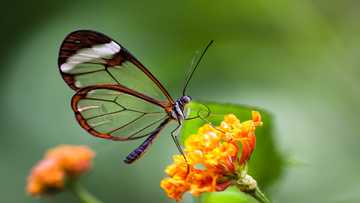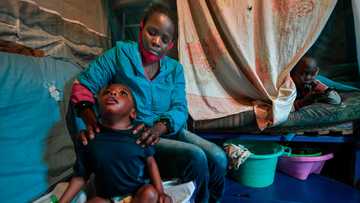Blood type genotypes and their characteristics in human beings
A genotype is the entirety of the genetic constitution of a human being. It encompasses the genetic makeup of either a single or group of organisms concerning a single trait, set of attributes, or even a totality complex of characters. In simple terms, it is a person’s complete heritable genetic identity transmitted from parents to their offspring through genes. There are many blood type genotypes, and they all have something to do with a person's blood group.
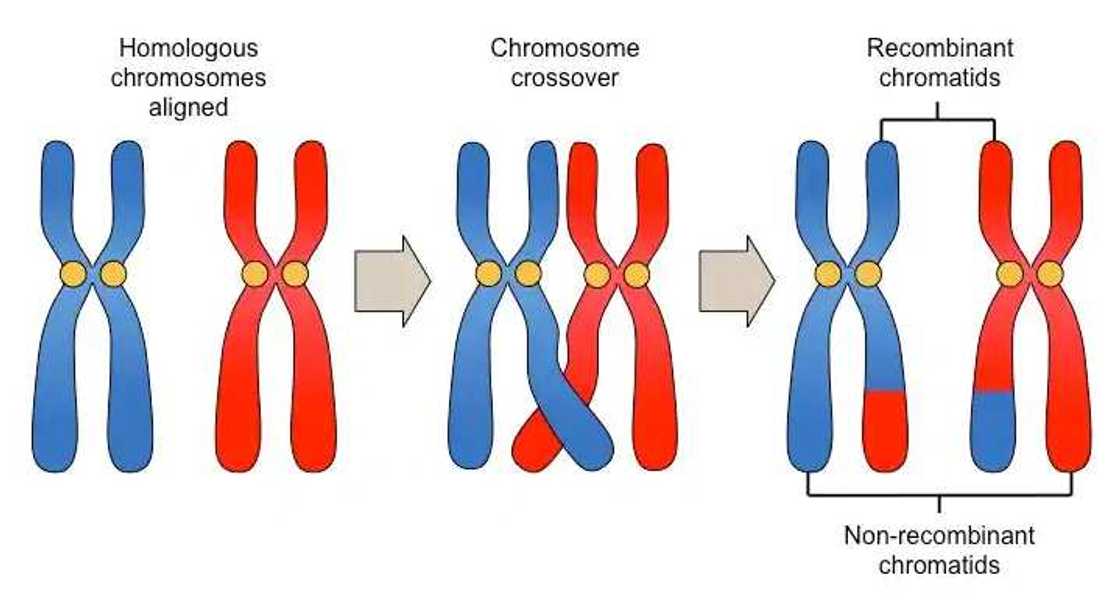
Source: UGC
A genotype is something all individuals should know and even take into consideration when choosing a life partner. This is because there may arise compatibility issues which may lead to devastating effects during and after conception.
Since you do not want to conceive children with sickle cell anaemia and other health complications, you should check blood group compatibility with your partner before making the big decision to bring children into this world.
How genotypes come about
What is a genotype? It is the genetic constitution of an individual organism. To understand what it is first, you have to know all about genes and chromosomes. Genes are found in chromosomes. Chromosomes are tightly packed DNA structures found in the cell nucleus. They come in pairs in organisms that reproduce sexually.
One chromosome comes from the male, while the other comes from the female. Similarly, there are two copies of genes present in a chromosome, one from each parent. Different versions of a gene are called alleles, and when alleles are inherited from parents, they form what is known as a genotype.
Blood type genotypes and their characteristics
A person's specific traits are determined by a combination of alleles situated on corresponding chromosomes. Biological tests and not observations are the only determiners. A genotype example can be the genes responsible for traits such as a person's shoe size, voice, eye colour, hair colour, and even diseases.
There are six types of genotype in human beings, and they result in some of the physical characteristics of a person. They are distinguished based on the alleles that a person has. What are the 6 blood type genotypes? They are:
- AA
- AS
- AC
- SS
- SC
- CC
What is the relationship between blood types and genotypes?
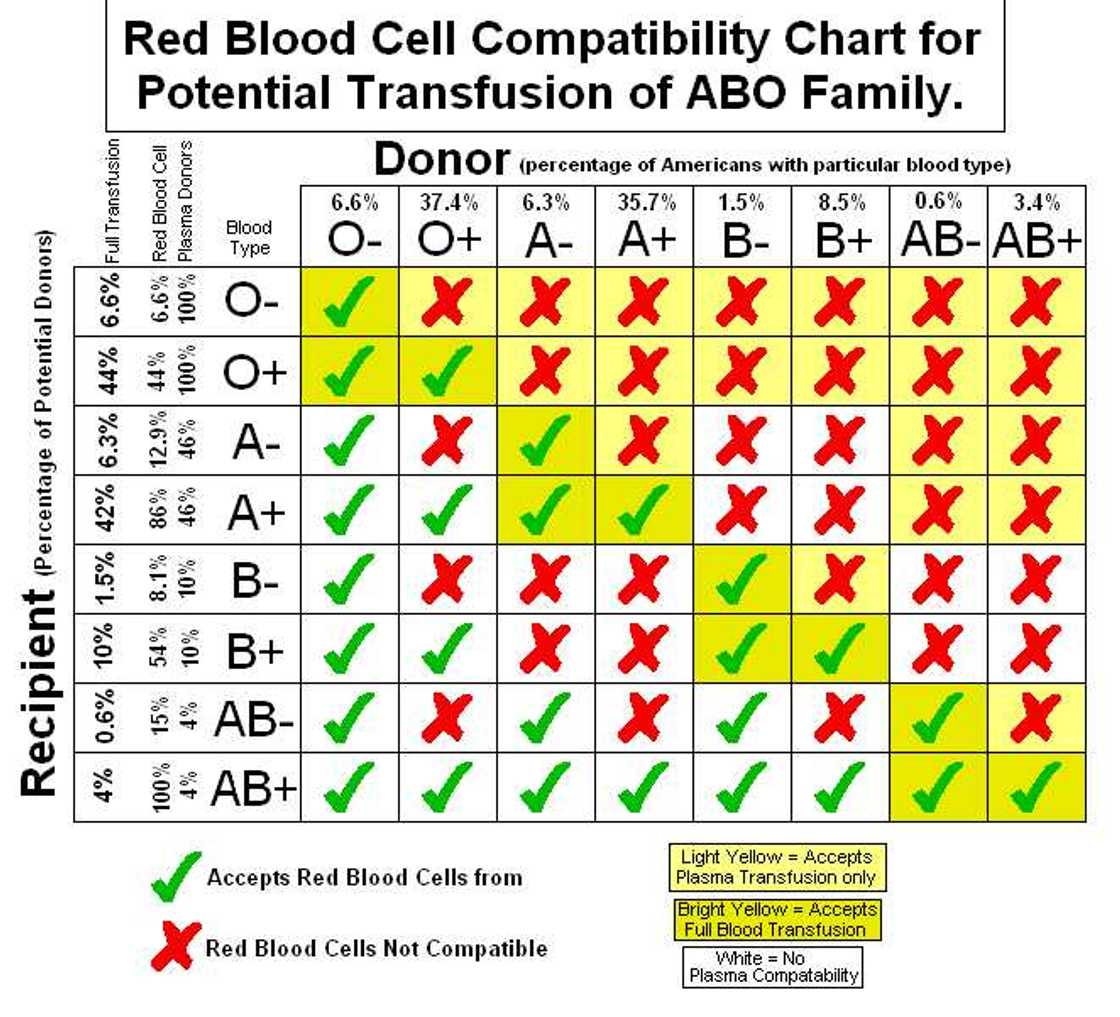
Source: Twitter
Typically, a blood test is conducted to determine whether the A or B characteristics are present in a blood sample. A blood test alone cannot determine either type A or type B. A blood type A individual has at least one copy of the A allele, but they could also have two copies. Such a person can have AA genotype or AO blood genotype.
A blood type of type AB or O is more informative when determining the group. A person with blood type AB automatically has both the A and B alleles, and therefore, it is AB. A person with blood type O, on the other hand, has neither the A nor the B allele, and the resultant is OO.
The genotype for blood type is as follows:
- AA - A
- AO - A
- AB - AB
- BO - B
- BB - B
- OO - O
Understanding your blood types and genotypes will also come in handy during a blood transfusion. For a blood transfusion, the ABO blood group type system is used to match the blood type of the donor and the person receiving the transfusion.
A person with blood type O can donate blood to anyone and are called a universal donor. Therefore, the blood type is known as the universal donor blood type. A person with blood type AB can accept blood from all donors and are called a universal recipient. People with type A or B can receive matching blood or type O blood.
Importance of knowing your genotype
The knowledge of blood genotyping is relevant when choosing a life partner to avoid compatibility issues that may result in devastating effects relating to conception. This is why it is essential to ask questions such as how many types of genotypes are there and what is their compatibility.
On the other hand, you can easily determine the blood type genotypes using the blood type Punnett square as follows:

Source: Twitter
People with sickle cells experience episodes of severe pains in body parts where oxygen flow is compromised because of blockage in the blood vessels. People with genotype AA are safe to marry individuals with any of the others. AS is compatible with AA, AS, and AS, AS and AC are too risky since two sickle cells should avoid conception. Below is a comprehensive compatibility chart:

Read also
Identifying the right partner for the forever journey in modern-day Ghana; 5 things to look out for
- AA + AA = AA, AA, AA, AA (Excellent)
- AA + AS = AA, AS, AA, AS, (Good)
- AA + SS = AS, AS, AS, AS, (Fair)
- AA + AC = AA, AA, AA, AC. (Good)
- AS + AS = AA, AS, AS, SS, (Very Bad)
- AS + SS = AS, SS, SS, SS, (Very Bad)
- AS + AC = AA, AC, AS,SS. (Bad; Advice needed)
- SS + SS = SS, SS, SS, SS, (Very Bad)
- AC + SS = AS, AS, SS, SS, (Very Bad)
- AC + AC = AA, AC, AC, SS. ( Bad; Advice needed)
What is the difference between genotype and phenotype?
Even though the two might sound the same and are related, they mean different things. Genotype refers to the set of genes in the DNA of an organism responsible for a particular trait. On the other hand, phenotype is described as the physical expression or characteristics of that trait.
The major differences between phenotype and genotype include:
- Phenotypes are observable traits that can be seen on the body of the organism while genotypes are present within the chromosomes of the individuals and thus cannot be observed.
- Phenotypes are not inherited while genotypes are partly inherited from an individual to the offspring as one of the two alleles during sexual reproduction.
- Phenotype consists of various traits like physical form and structure, its development and behaviour, its biological and physiological properties, and even the products of the organism while genotype consists of hereditary characteristics of an organism that may or may not be expressed in the next generation.
- Phenotype is affected by the genotype of the organism and other environmental conditions while genotype is affected by the genetic composition of the individual, which, in turn, is affected by sexual reproduction. Heritable mutations might also affect the genotype of the organism.
- The same phenotype may or may not be expressed from the same genotype while the same genotype always results in the same phenotype unless heritable mutations.
- Phenotypes can be determined easily by observing the organism while genotypes are determined by the process of genotyping in various scientific methods.
- Phenotypes are affected by environmental factors while genotypes are not affected by environmental factors.
- Phenotypes might change during the lifetime of an individual like the colour of the hair while genotypes remain the same throughout the life of the individual.
- Examples of phenotypes seen in various organisms include the blood group, eye colour, and hair texture while examples of genotypes seen in different animals include TT as the homozygous allele for height, Tt for the heterozygous allele for height, and BB for homozygous allele for eye colour.
Types of sickle cell genotype
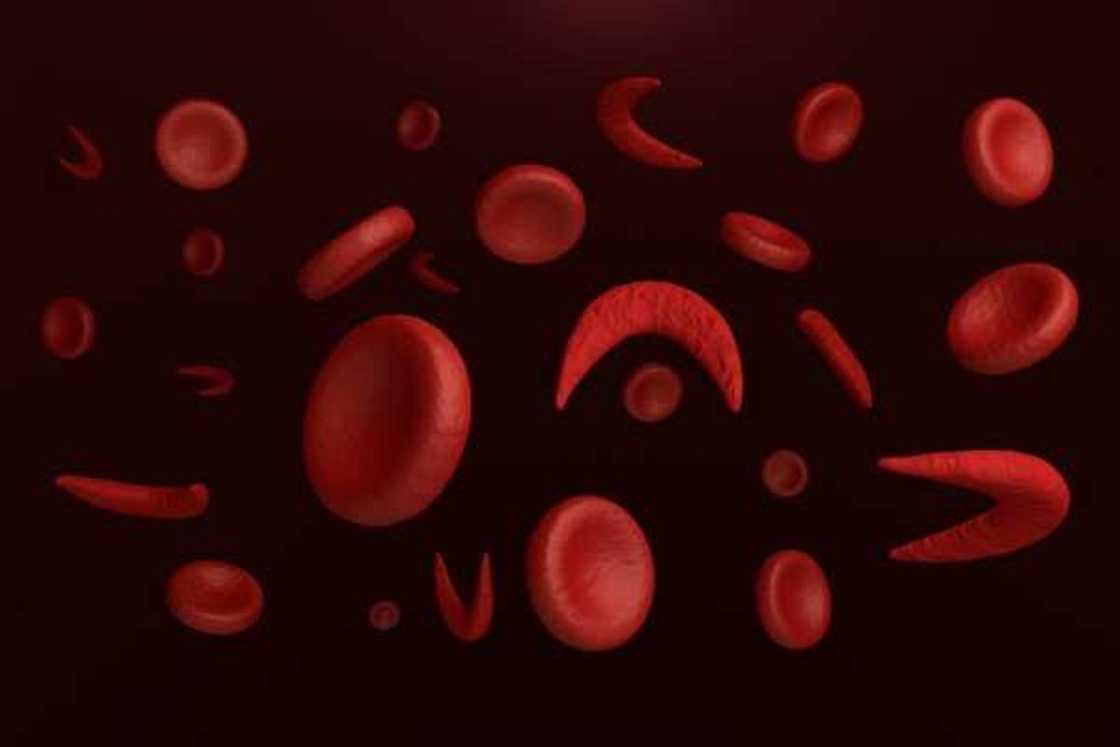
Source: Instagram
Sickle cell anaemia is caused by a gene mutation of the red blood cells that makes them be shaped like a crescent moon. This gene is inherited, so it means one can only have the disease if both parents transfer the genes to a child. If a child has only one of the genes, he/she is said to have sickle cell traits. Here are the common types of sickle cell disease:
- Haemoglobin SS: It is the most common of sickle cell diseases and is caused by a child inheriting copies of the haemoglobin S gene from the father and mother.
- Haemoglobin SC: Not as common as the first one and occurs when a child inherits the haemoglobin C gene from one parent and haemoglobin S gene from the other parent.
- Haemoglobin SB+ thalassemia: The disease inhibits beta-globin gene production, and the subsequent reduction in the production of beta proteins results in a reduction of the size of the red blood cells.
- Haemoglobin SB 0 thalassemia: This disease is sporadic and is caused by the beta-globin gene.
Genotypes are significant to human beings as they determine such things as resistance to diseases, reaction to certain drugs, development of immunity, and the features that shape an individual. The blood type genotypes influence your phenotype, thus having an impact on your traits. You should, therefore, make a point of discovering your type to avoid compatibility issues when picking a partner.
Yen.com.gh shared an article on the best blood group compatibility for marriage and pregnancy. Besides love, blood group compatibility between spouses is another crucial thing to consider before consenting to marriage. Although this does not affect one's ability to have and maintain a happy, healthy marriage, it is essential when planning to have children.
A difference in blood groups of partners in a marriage is not a happiness killer. However, awareness of this helps make an informed decision regarding the recommended medical approaches towards bearing children without genetic anomalies.
DISCLAIMER: All the information contained in this article is not implied or intended to be a substitute for any professional medical advice, diagnosis or treatment. All content inclusive of images, graphics, and information contained on or available through this page is for general information purposes.
Source: YEN.com.gh


